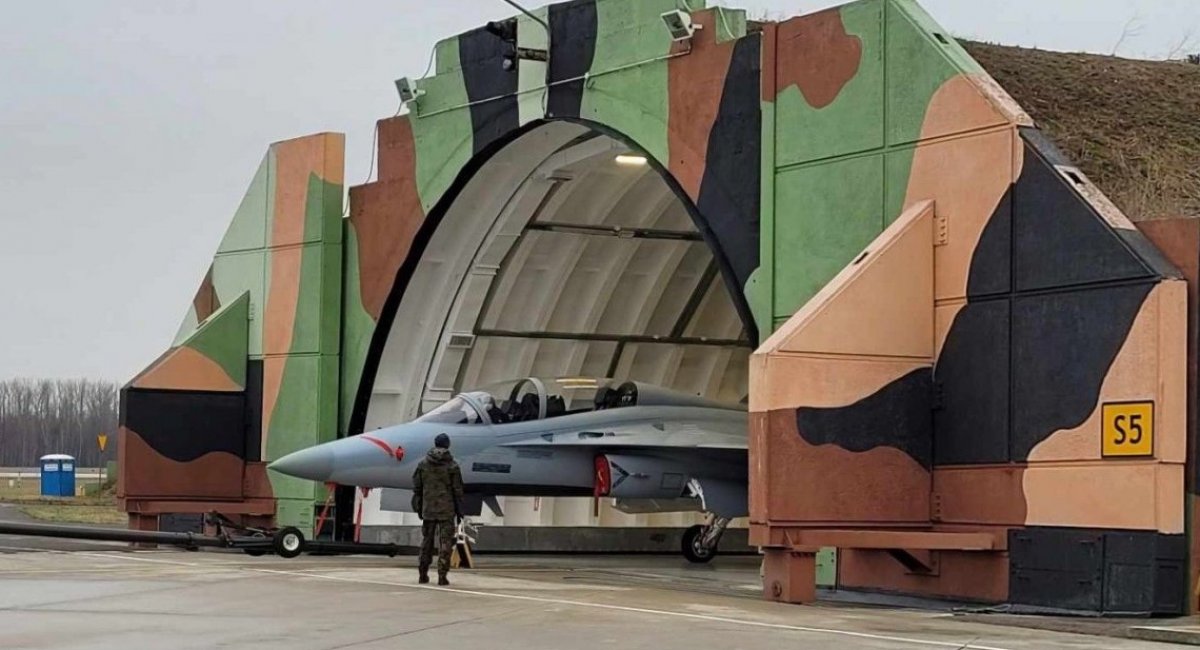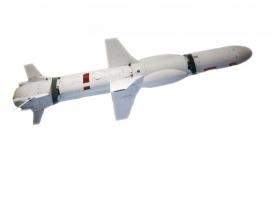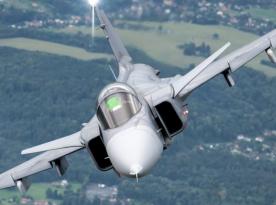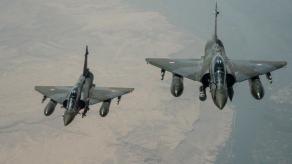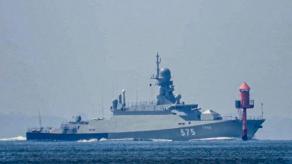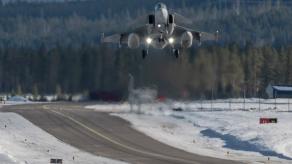Everyone has been watching Poland's massive multibillion-dollar defense purchases, including aircraft such as the F-35, FA-50, and AH-64E Apache. However, it has now become clear that the country lacks enough hangars to house all this new equipment.
According ta Defense24 report, the construction of such facilities in Poland has historically taken up to 15–20 years a result of inefficient procedures and bureaucracy. This is despite the fact that such infrastructure projects are far cheaper than the aircraft themselves.
Read more: Italy Hits NATO’s 2% Defense Goal by Turning 1.5% of GDP Into 2% on Paper
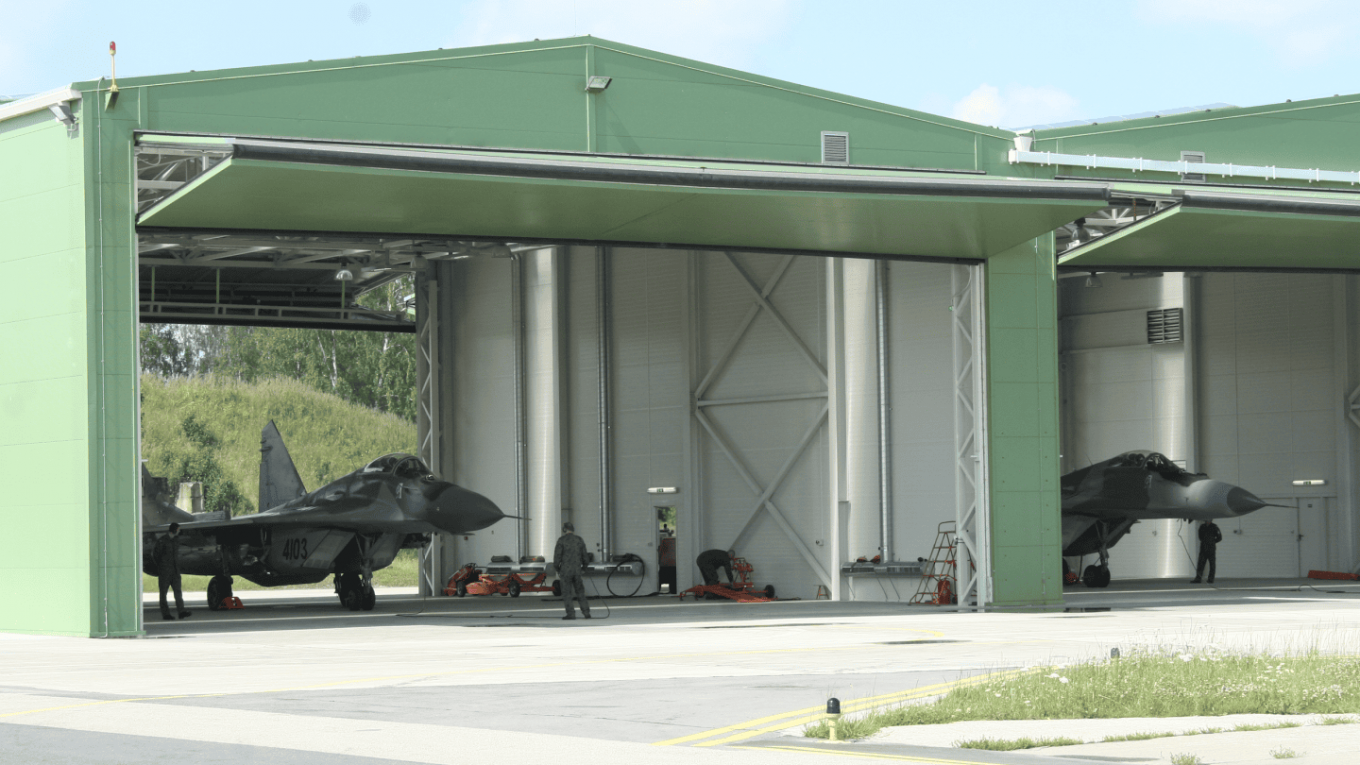
Polish analysts note that hangar construction projects are often carried out without involving the future military users, which drives up both costs and timelines. The issue, therefore, is not just about funding but also about how the entire process is organized.
Some facilities are being built more quickly usually because aircraft manufacturers, such as Lockheed Martin for the F-35, require specific infrastructure as part of their contracts. Other aircraft, like the FA-50, can temporarily use existing shelters previously meant for MiG-29s, which have been transferred to Ukraine.
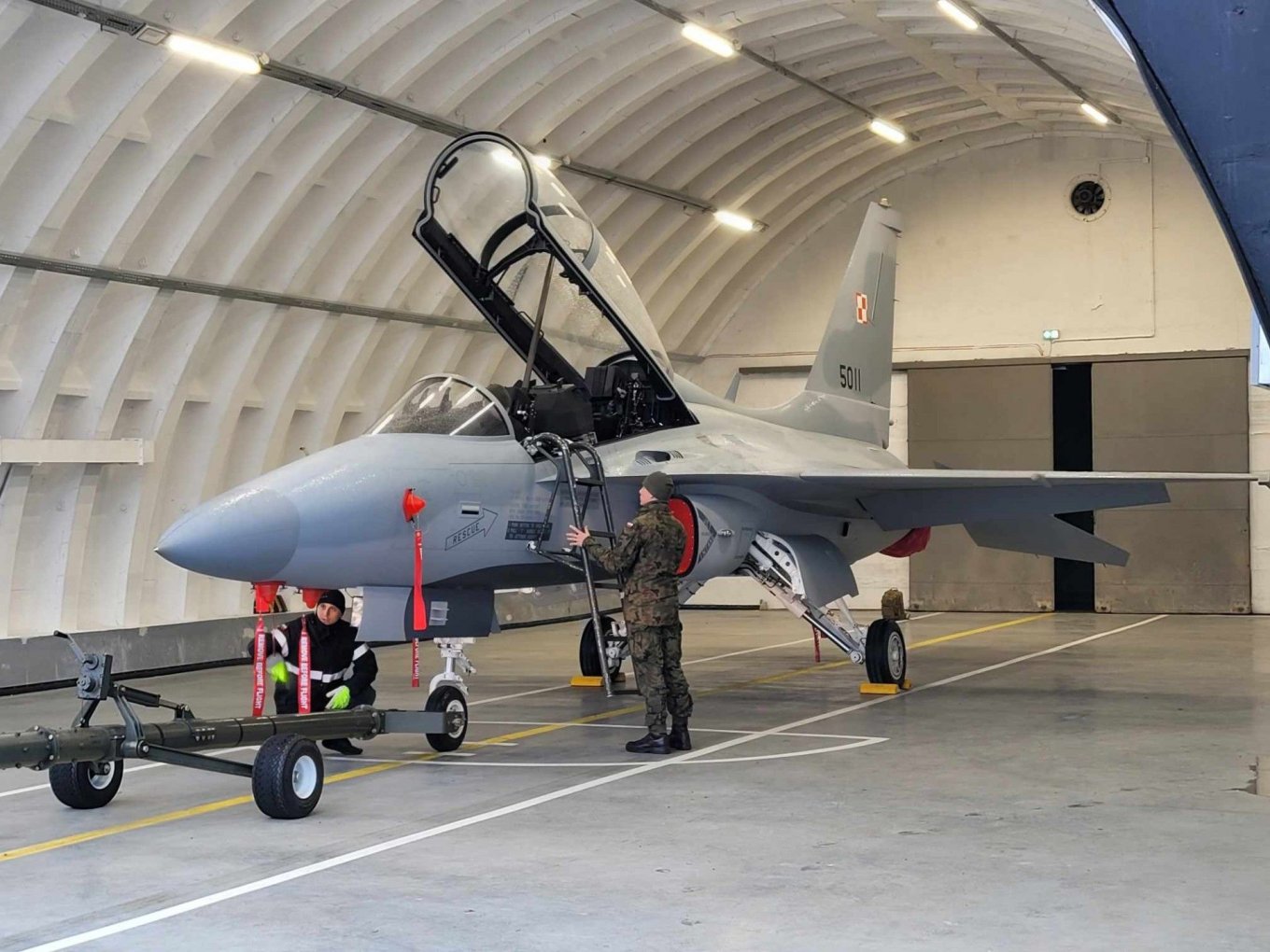
Still, not all of Polands expanding fleet can fit into old bases. This makes the lack of hangars a pressing concern, as it could lead to higher maintenance costs and reduced operational readiness.
The importance of hangars is obvious: they protect aircraft from weather damage, improve working conditions for crews, and ensure safer storage and preparation of equipment. In wartime, they also conceal aircraft numbers and positions from satellite reconnaissance and, depending on their construction, can even provide some protection during airfield strikes.
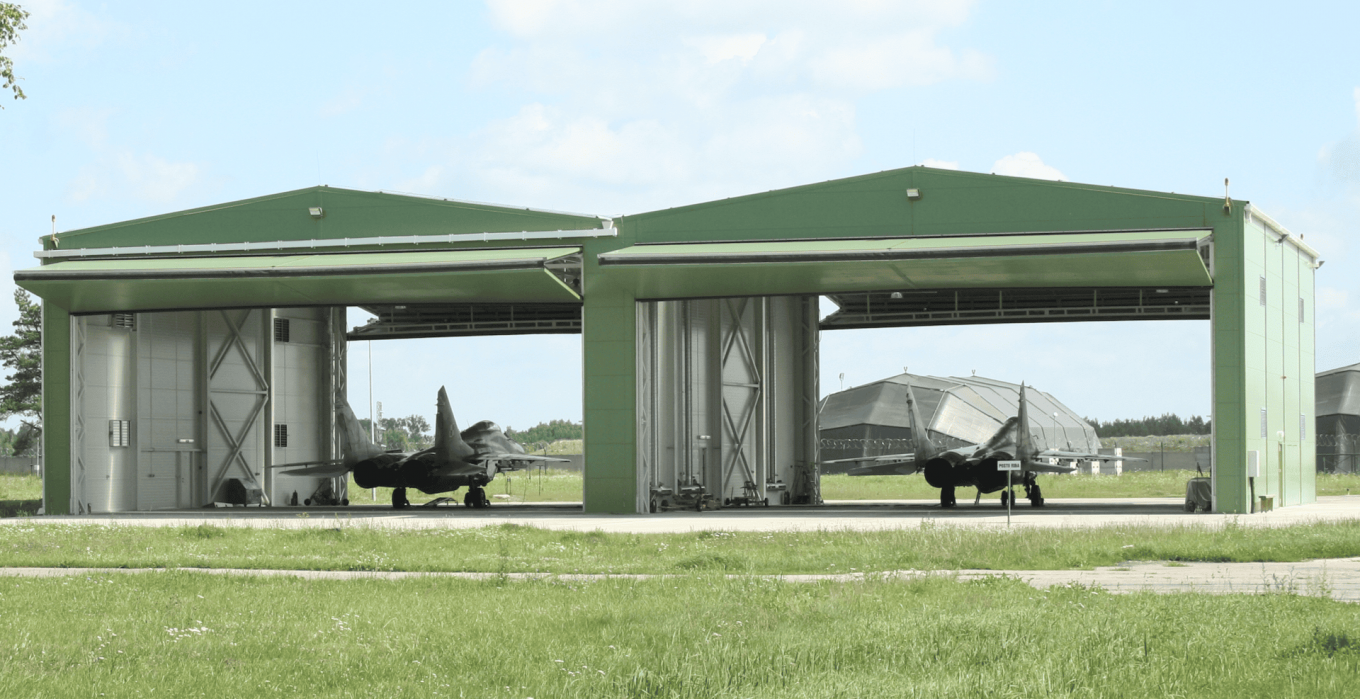
While Poland now faces budget constraints that could delay infrastructure spending, hangars remain a smart long-term investment. They can serve multiple aircraft generations over decades which is why, after spending so much on new hardware, Poland would do well to invest in protecting it properly.
Read more: Ukraine Seals Deal With LeVanta Tech Inc. That Could Sink russia's Entire Black Sea Fleet




